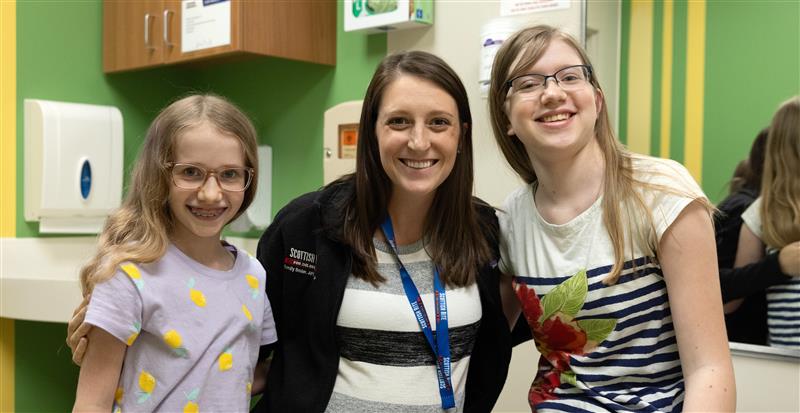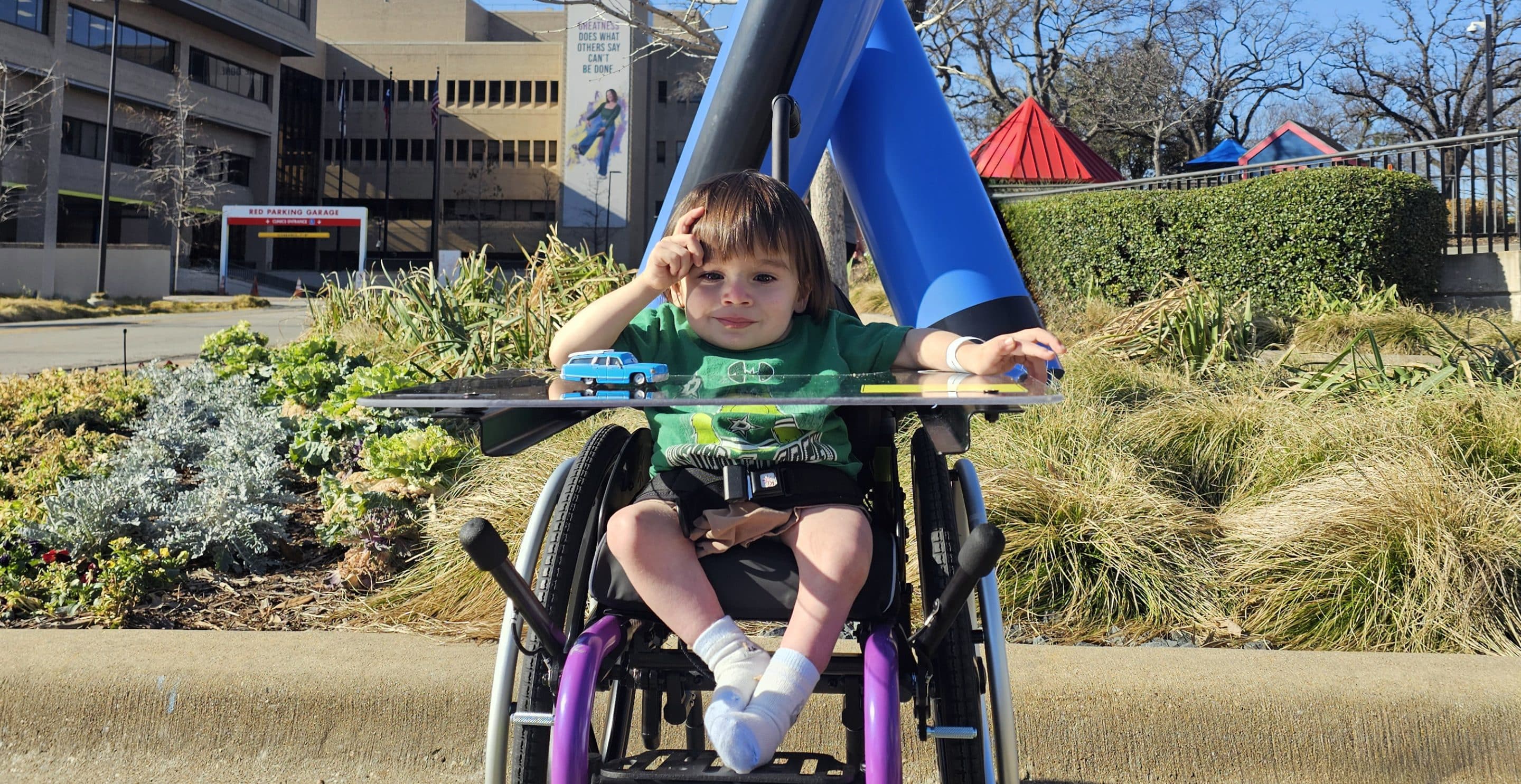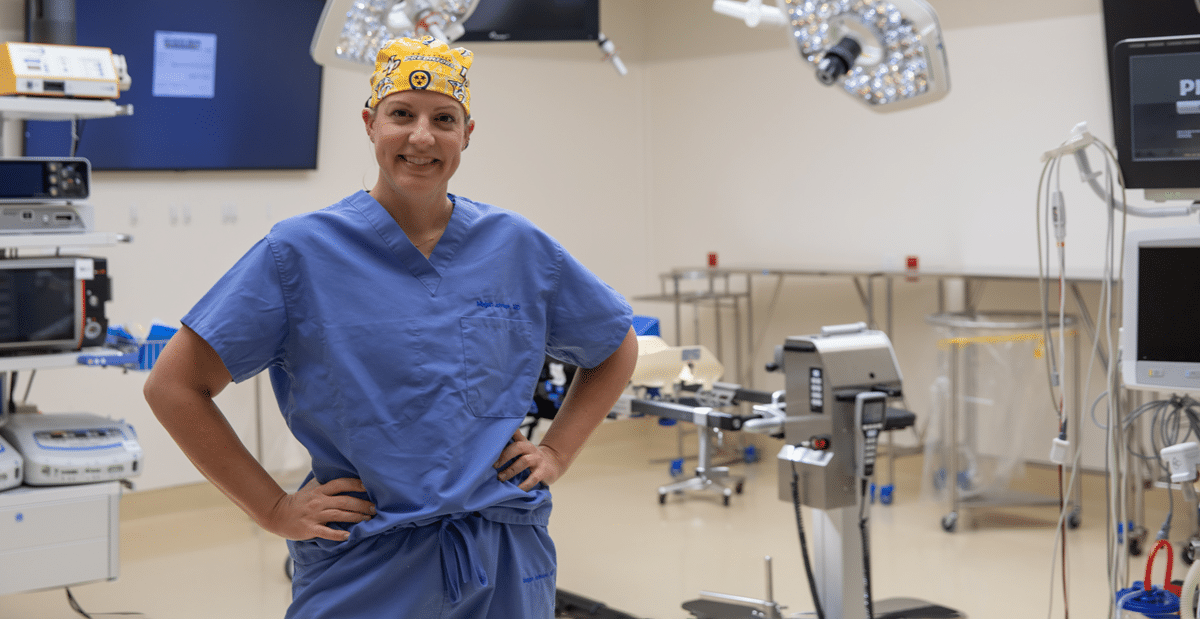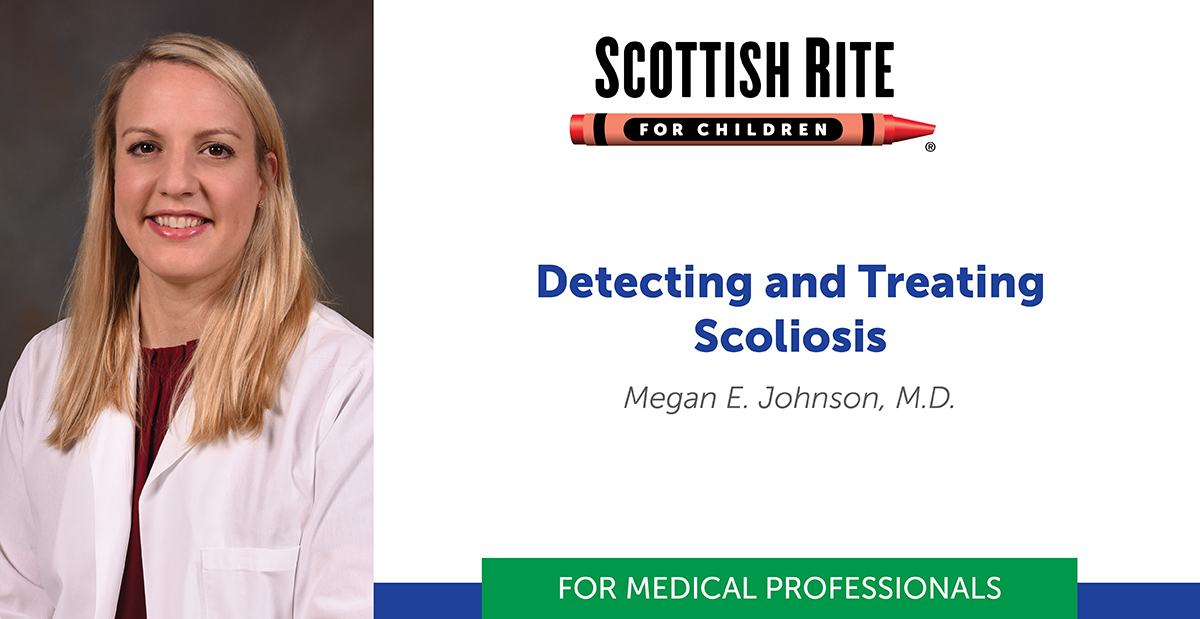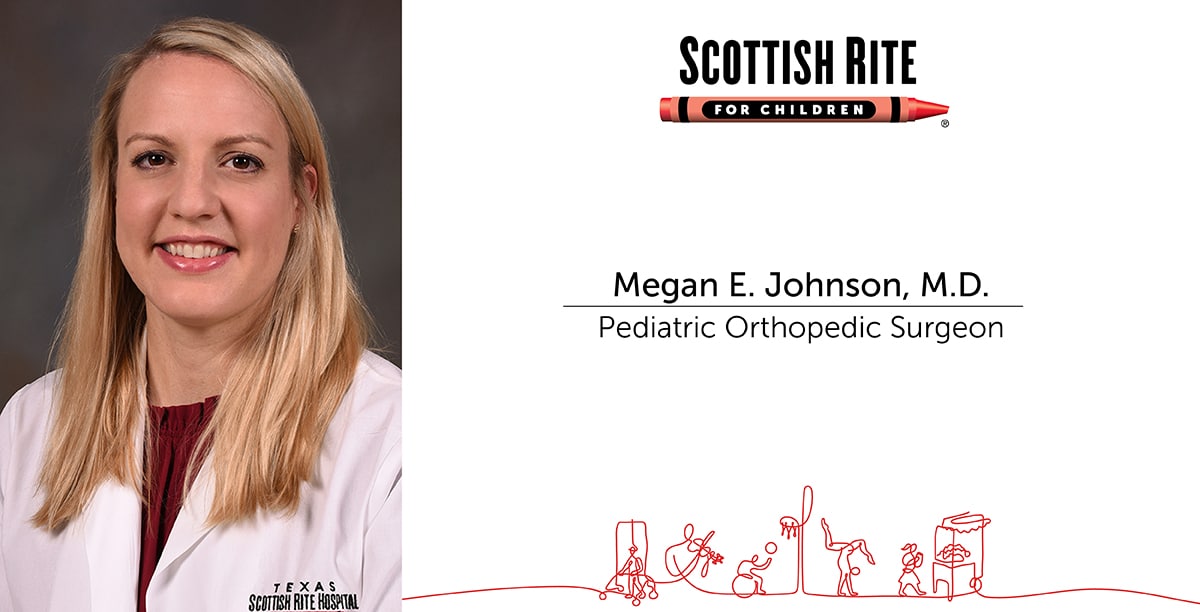With an insatiable love for reading, 13-year-old Ellie and 10-year-old Josie, of McGregor, Texas, have always turned the page of their story together, even as they face scoliosis side by side. Their mother, Sarah, recognized the signs early as she was diagnosed with...
